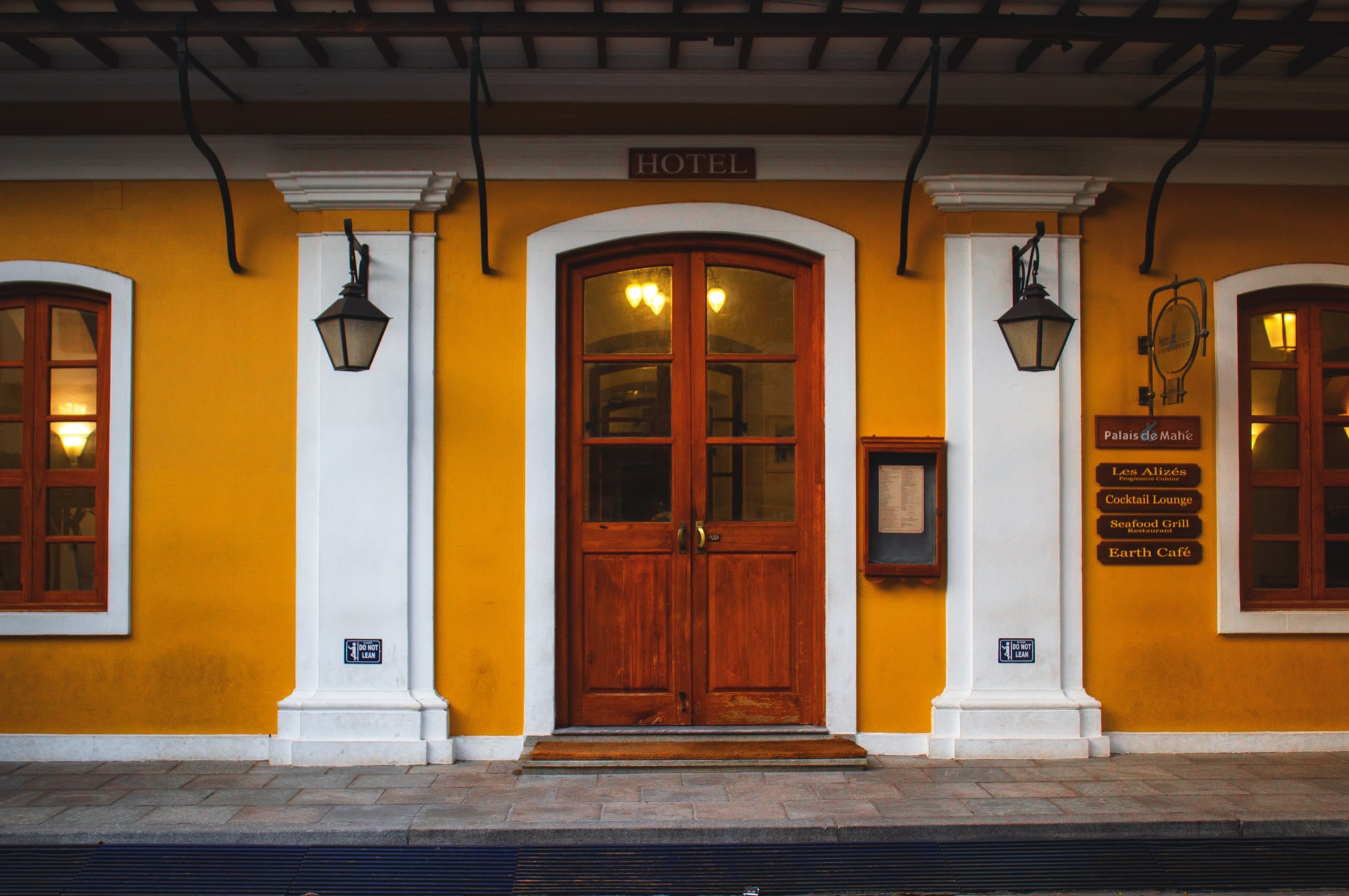
Exploring the Rich History and Cultural Heritage of Pondicherry: A Journey Through Time
Welcome, fellow wanderers, history buffs, and culture enthusiasts! Get ready to embark on a mesmerising journey through time as we explore the magnificent city of Pondicherry. Nestled along the eastern coast of India, this charming paradise is not just another tourist destination – it’s a treasure trove of rich history and cultural heritage waiting to be discovered. From its colonial past that whispers tales of French influence, to its vibrant blend of traditions from different eras, Pondicherry promises an unforgettable experience like no other. So grab your virtual passports as we dive into the depths of this captivating city together – let the exploration begin!
Introduction to Pondicherry and its significance in Indian history
Introduction to Pondicherry and its Significance in Indian History
Located on the southeastern coast of India, Pondicherry is a charming city that boasts a rich history and cultural heritage. Formerly known as Puducherry, this coastal town was once a French colony and has since witnessed various rulers and influences from different cultures. Its unique blend of French, Tamil, Portuguese, Dutch, and British architectural styles is a testament to its diverse past.
Pondicherry’s history dates back to the 2nd century, when it was ruled by the Pallava dynasty. However, it gained prominence during the 16th century, when it became an important trading center for spices with European countries. The city changed hands many times over the centuries before finally coming under French rule in 1674.
The French East India Company established its headquarters in Pondicherry in 1675 and developed it into a major port city. Under their rule, Pondicherry flourished both culturally and economically. The French influence can still be seen today through the well-preserved colonial buildings that line the streets of White Town (also known as Ville Blanche).
Pondicherry remained under French control until 1954 when it was handed over to independent India after years of struggle for freedom by local leaders such as Subramaniam Bharati and V.V.S Aiyar. This marked an important turning point in Indian history as it was one of the first colonies to gain independence from European powers.
The influence of French colonialism on Pondicherry’s culture and architecture
The city of Pondicherry, also known as Puducherry, has a rich and diverse history that is deeply intertwined with French colonialism. From the 17th century until the mid-20th century, Pondicherry was under French rule and this influence is still visible in its culture and architecture today.
French colonialism in Pondicherry began in 1674 when the French East India Company established a trading post on the Coromandel Coast. The city quickly grew into an important port for trade between Europe and Asia, attracting merchants from different parts of the world. The French were able to establish control over Pondicherry by forming alliances with local rulers and gaining their support.
One of the most significant impacts of French colonialism on Pondicherry’s culture is its unique fusion of Indian and French cultures. This can be seen in various aspects such as food, language, customs, and traditions. The local Tamil population adopted many French customs while also retaining their own cultural practices. As a result, today’s inhabitants of Pondicherry are fluent in both Tamil and French.
The most obvious manifestation of this fusion can be seen in the architecture of Pondicherry. The French brought with them their distinct style of architecture, which blended elements from both Indian and European styles. This resulted in buildings with arched windows and doors, colorful facades, and beautiful balconies adorned with intricate designs, all set against a backdrop of traditional Tamil houses made out of red terracotta tiles.
Exploring the diverse communities and their cultural traditions in Pondicherry
Pondicherry, also known as Puducherry, is a city with a rich and diverse cultural heritage. The vibrant history of this coastal town has been shaped by the various communities that have settled here over the years. Each community has brought with them their own unique traditions, customs, and beliefs, making Pondicherry a melting pot of cultures.
One of the most prominent communities in Pondicherry is the French community. The French established their settlement in Pondicherry in the 17th century and left behind an enduring legacy that can still be seen today. The architecture, language, and cuisine all bear traces of the French influence. Strolling through the streets of White Town, one can see well-preserved colonial buildings with distinct French elements, such as colorful facades and ornate balconies. The popular promenade beach is also lined with beautiful colonial buildings that showcase a blend of Tamil-French architecture.
The Tamil community is another significant part of Pondicherry’s cultural landscape. They have been living in this region for centuries and have deeply influenced its art, music, literature, and religious practices. One can witness their vibrant culture at temples like Sri Manakula Vinayagar Temple or during festivals like Thaipusam where devotees pierce their bodies with hooks as an act of devotion to Lord Muruga. The Tamil delicacies found on every street corner also offer a glimpse into their culinary traditions. The Muslim community also plays an important role in shaping Pondicherry.
Famous landmarks and monuments that showcase the city’s rich history
Pondicherry, also known as Puducherry, is a small coastal town located in the southern part of India. It is a place steeped in history and culture, with a unique blend of French and Indian influences. Over the years, this quaint town has been ruled by various dynasties like the Pallavas, Cholas, Vijayanagar Empire, and finally the French colonialists before becoming a part of independent India. This diverse past has left behind a treasure trove of historical landmarks and monuments that are a testament to Pondicherry’s rich heritage.
In this section, we will take you on a journey through some of the most famous landmarks and monuments in Pondicherry that showcase its rich history.
1) The Promenade Beach – A Walk Through History:
The Promenade Beach is undoubtedly one of the most iconic landmarks of Pondicherry. It was originally built during the French colonial era as a means to protect the town from sea erosion. Today it serves as an important recreational spot for locals and tourists alike. As you take a leisurely stroll along this 1.5km long stretch, you will come across several historical buildings like Les Dupleix Hotel, The Old Lighthouse, and The War Memorial which offer glimpses into Pondicherry’s past.
2) Sri Aurobindo Ashram – A Spiritual Haven:
Founded in 1926 by Sri Aurobindo Ghosh and his spiritual collaborator Mirra Alfassa.
The unique blend of Indian and French cuisine in Pondicherry
Pondicherry, also known as Puducherry, is a quaint coastal town located on the east coast of India. It is known for its rich history and cultural heritage, which is reflected in its unique blend of Indian and French cuisine.
The city’s culinary scene is heavily influenced by its colonial past, as it was a French colony until 1954. The French influence can be seen not only in the architecture and language but also in the food. The fusion of Indian spices with French cooking techniques has resulted in a truly unique and delicious cuisine that cannot be found anywhere else.
One of the most popular dishes in Pondicherry is ‘Poulet Roti,’ which translates to roasted chicken. This dish combines Indian spices like cumin, coriander, and turmeric with French techniques of marination and roasting to create a mouth-watering delicacy. Another famous dish is ‘Dosai au Poulet,’ which is a crepe made from rice batter stuffed with spiced chicken filling. It perfectly showcases the fusion of both cuisines.
Seafood lovers will also find themselves spoilt for choice in Pondicherry. Being a coastal town, fresh seafood is abundant here. One must-try dish is ‘Meen Kuzhambu,’ which translates to fish curry. This traditional South Indian fish curry uses locally sourced fish cooked with coconut milk, tamarind, and an array of spices that give it a distinctly French twist.
Must-try dishes and food experiences in Pondicherry
Pondicherry, also known as Puducherry, is a charming coastal town in South India with a rich history and diverse cultural heritage. It is famous for its French colonial influence, evident in its architecture, cuisine, and way of life. The fusion of French and Indian cultures has created a unique culinary experience that must not be missed on any visit to Pondicherry.
Here are some must-try dishes and food experiences in Pondicherry that will leave you craving for more:
1. Baguettes and Croissants at Baker Street:
One cannot talk about the French influence in Pondicherry without mentioning Baker Street. This cozy bakery offers authentic French baguettes and croissants that are freshly baked every day. The aroma of these flaky pastries will lure you into the shop, where you can also find other delicious treats like macarons and quiches.
2. Crepes at Café des Arts:
Café des Arts is a quaint café situated in the heart of the White Town area of Pondicherry. It boasts a beautiful courtyard setting with vibrant graffiti art on its walls. Their menu features an array of savory and sweet crepes made from buckwheat flour, served with fresh local ingredients such as coconut chutney or banana jam.
3. Seafood Platter at Le Dupleix:
Le Dupleix is a luxurious boutique hotel housed in an 18th-century French villa that once served as the residence of the French Governor.
The impact of Auroville on the city’s spiritual and alternative lifestyle
Auroville, also known as the ‘City of Dawn,’ is a unique experimental township located just outside of Pondicherry. This spiritual and alternative community was founded in 1968 by Mirra Alfassa, also known as ‘The Mother,’ and has since become a significant part of the city’s cultural landscape.
One of the main goals of Auroville is to create a harmonious and sustainable living environment that promotes unity, peace, and spiritual growth. This vision has attracted people from all over the world who are seeking an alternative way of life. As a result, Auroville has become a melting pot of cultures, beliefs, and practices.
The impact of Auroville on the city’s spiritual and alternative lifestyle can be seen in various aspects. Firstly, Auroville has played a crucial role in reviving traditional Indian practices such as yoga, meditation, and Ayurveda. The residents of Auroville actively practice these ancient disciplines to achieve inner peace and harmony. Visitors can participate in workshops or classes offered by Aurovillians to learn about these practices firsthand.
Moreover, Auroville offers an open space for individuals to explore their spirituality without any judgment or pressure. The community believes that spirituality is not limited to any specific religion but rather a personal journey towards self-discovery. As such, people from different religions coexist peacefully in Auroville, creating an atmosphere of tolerance and acceptance.
La Cedille - Pondicherry
Away from checking for blue ticks, towards the bright blue ocean. Away from the noise, towards the music.
Address
34 Dumas Street , Pondicherry , White Town
lacedilleindia@gmail.com
+91 90870 19111
Reception 12 Hrs
Ⓒ 2025 La Cedille | ALL RIGHTS RESERVED. Powered by Digital Palmy Inc.
